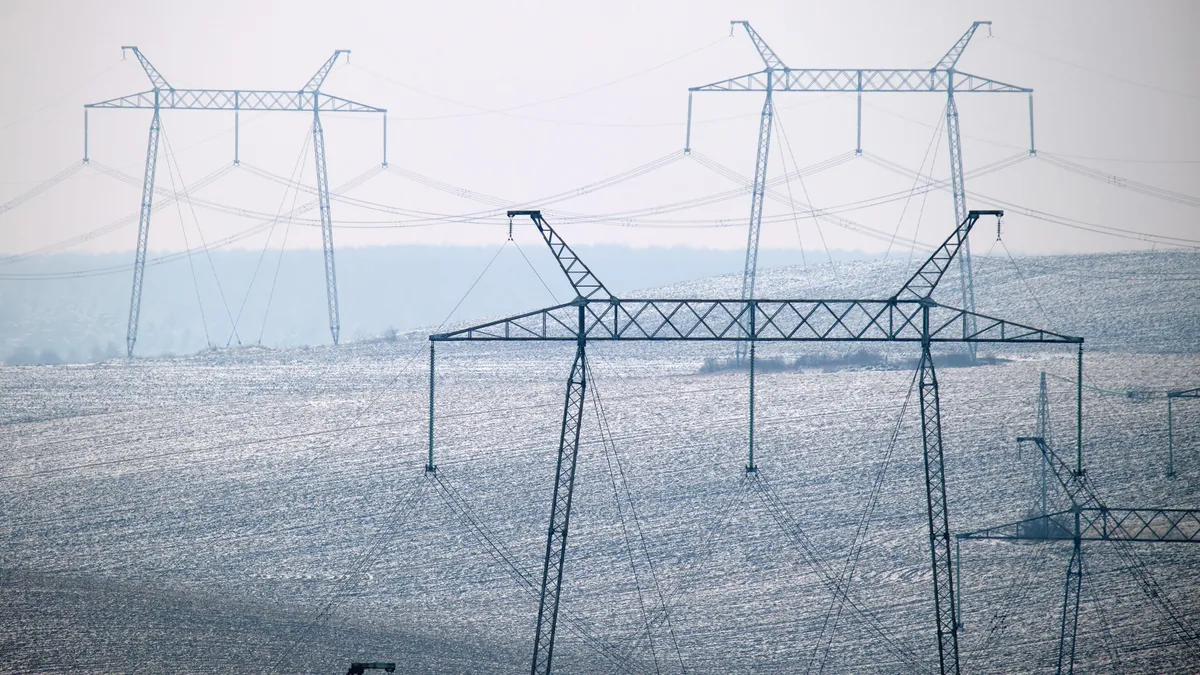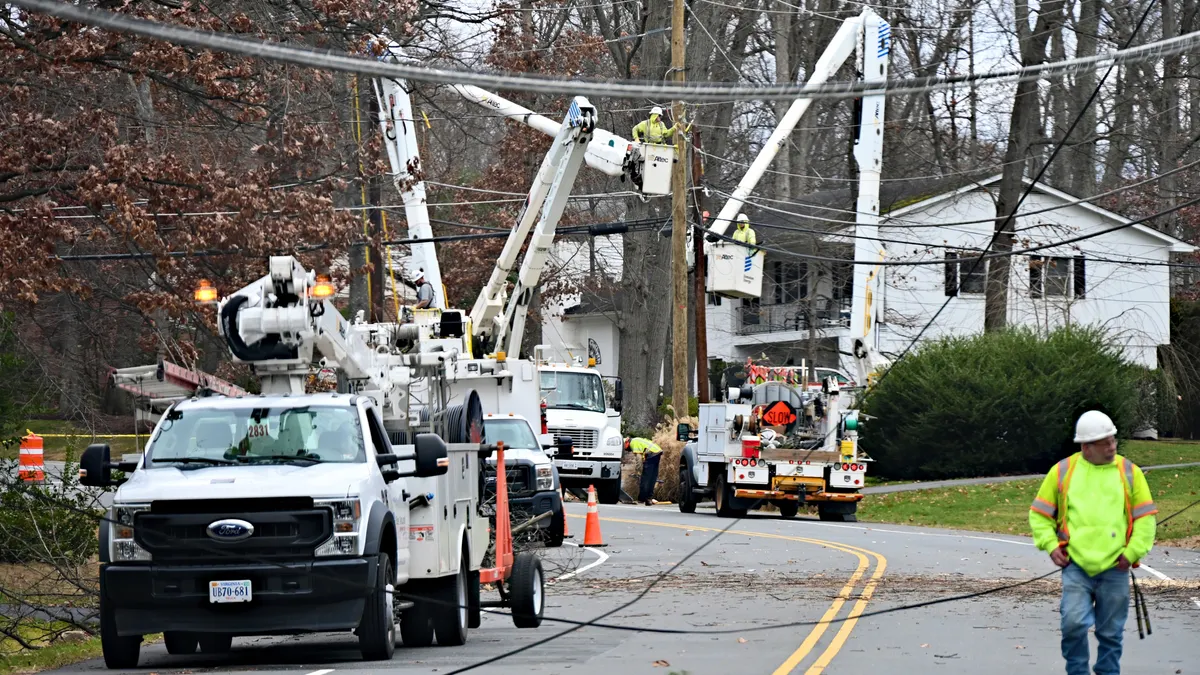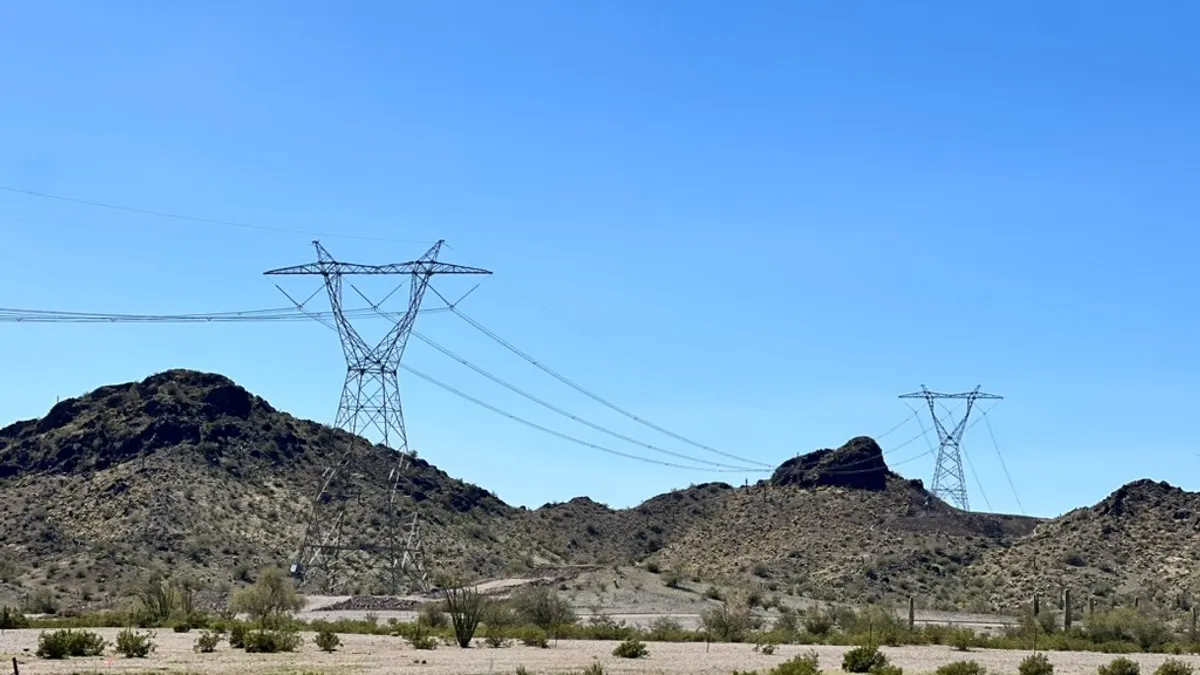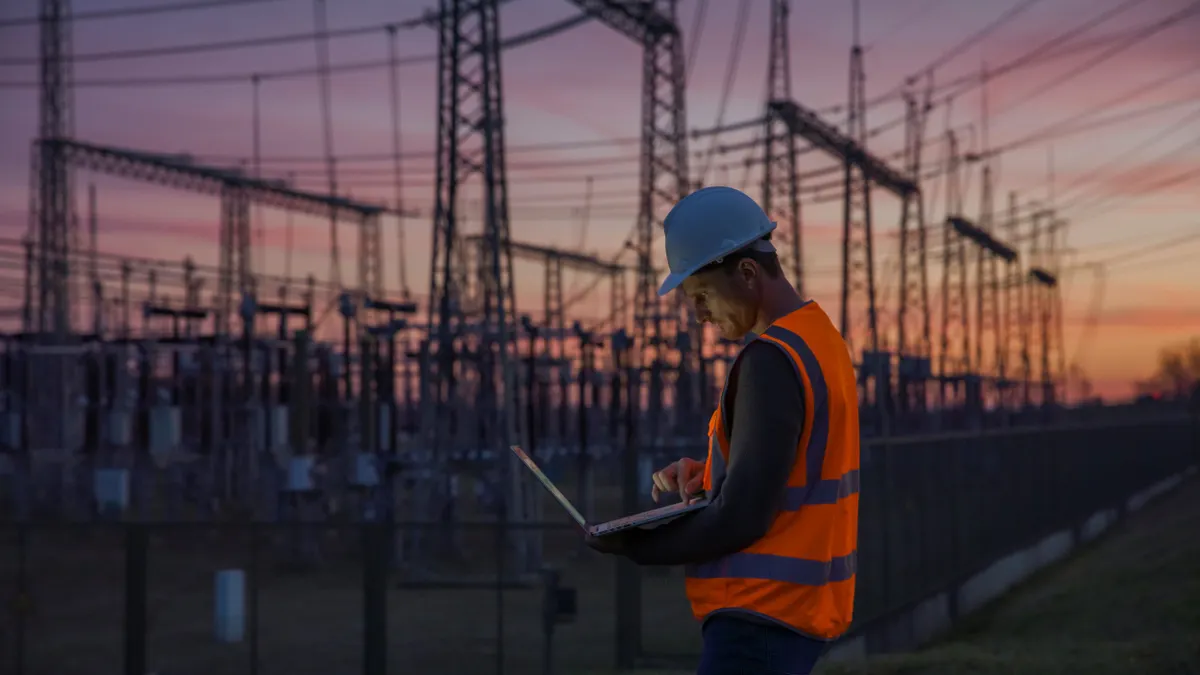If you spent $17 billion, you'd probably want something in return for your money.
That's about how much the utility industry spent in 2013 to upgrade and enhance the distribution system, according to the Edison Electric Institute. It's a figure that includes deploying new technologies, integrating renewables and developing a more flexible grid. And at the end of the day, it's an expense aimed at keeping the lights on.
But a new study from Lawrence Berkeley National Laboratory and Stanford University has revealed some curious findings about the links between weather events, outages and transmission spending. Or perhaps more accurately, it revealed a conspicuous lack of a link.
Two statistically-significant findings have surprised researchers, spurring calls for more detailed study: Power outages are getting longer, and there does not appear to be a sustained link between reliability and utility investment in transmission and distribution.
“When you model U.S. reliability with and without major events, you see that when you include the major events, the number minutes customers are without power is increasing 5% to 10% every year,” said Peter Larsen, the lead author on the study.
So overall, utilities are taking longer to recover from extreme weather events. And it appears that some utilities are not investing efficiently, because the study found no link between increased spending and greater reliability. According to the report, “increased T&D spending in the previous year was not correlated in any statistically significant fashion with improvements in reliability in the following year.”
Those are two surprising findings. Academic research can be dry at times – “more study needed” is a common conclusion. But Larsen said the discordance between spending and reliability was significantly off from what researchers had hypothesized. And while the new study is an improvement over research done in 2012, with more sophisticated weather and outage data included, the findings mean a closer look will be taken at different types of utilities and how they're investing.
“It's definitely an area we're going to explore in the coming year,” Larsen said. “We have a pretty good hunch of what's going on here, but we do need to confirm it.”
Two types of utilities
Larsen said it appears there may be two types of utilities in the United States – those that anticipate weather events and proactively invest, and those which simply react. That's one possible reason the study found “reliability improvements are negatively correlated with increased T&D spending in the previous year.”
“Proactive utilities know they're seeing severe storms, and they're making investments ahead of time, undergrounding lines, investing in hardening strategies … these are companies that spend quite a bit of money, but then they see a bump, an improvement in reliability later,” Larsen said.
“The other other type is reactive – and there are plenty of those in the U.S.," he said. "They simply react to a major event or storm. And when you look back, they show a worse reliability relative to the proactive utility.”
Utility spending to maintain and improve transmission and distribution systems is clearly an essential investment. If it dropped to $0, eventually the grid would go dark. But the study does suggest that some utilities can better direct their investments, and with almost $50 billion in spend planned for the next decade there is ample opportunity to improve.
According to EEI, the industry will spend $47.9 billion through 2025 on projects aimed at improving reliability, deploying advanced monitoring systems and making the grid more resilient. A spokesman for the group, which represents investor-owned utilities, said it was still reviewing the Berkeley Lab findings but added that utilities are working hard to bolster their systems.
Distribution companies are “taking the lead to improve coordination across the industry and with federal and local partners to improve reliability and resiliency,” EEI spokesman Brian Reil said in an email, often “using the lessons learned from the response from Superstorm Sandy.”
The industry has worked to enhance coordination and streamline the mutual assistance network in the event of a large-scale event to improve response and recovery, Reil said, and regularly execute emergency preparedness drills in conjunction with federal agencies to test and improve their systems.
It's not that those investments are not paying dividends, but when you look at them relative to major weather events some utilities appear to be making wiser choices.
“We don't have a good sense of what the share of proactive and relative utilities is, across the U.S. They both spend a lot of money, relatively speaking, but only one sees a bump in reliability,” Larsen said. “When you model those together, we believe the signal is washing out.”
The study, the largest of its kind, looks at about 200 utilities and 70% of the load in the United States. Despite that, “we don't have a good sense of those, which were making investments before the storm and which were recording expenditures after the fact,” Larsen said. “We're going to explore this issue a lot more in the coming year.”
A possible lag, and study improvements
It is also possible that a different lag exists between spending and reliability improvements. The study compared spending in one year with reliability in the next.
“We figured if you make an investment in one year … it may take years before you see the improvement in reliability,” Larsen said. While the study looked at a one-year lag, that is another variable researchers will be focused on.
“Same thing with reactive expenses,” he continued. “If you're simply reacting to a severe storm and spending a lot of money to fix downed lines, does that spending show up in the same year on the books as when the reliability was reported? We suspect it's fairly close, it's either that year or the next, but we just don't have a good idea.”
An updated report could be out in a year, Larsen said, with more focus on the spending and outage duration trends.
“The big challenge on our end is getting data that is disaggregated enough from utilities to be able to really explore these issues details,” Larsen said.
Another challenge will be getting a larger cross section of utilities to submit data, as investor-owned utilities make up the bulk of the sample. “We don't have a representative sample of municipally-owned utilities or cooperatives,” he said. “It's very difficult to find reliability information for those types of organizations. Many of them don't have to report the information.”






















